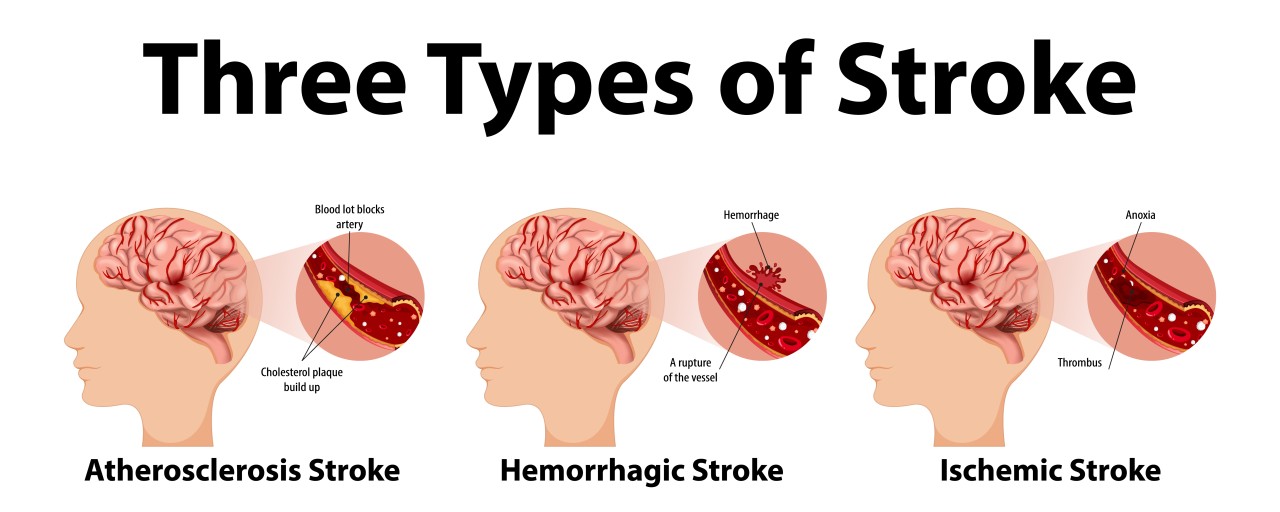A defibrillator is a medical device used to restore a normal heart rhythm in a person experiencing a sudden cardiac arrest. It delivers an electrical shock to the heart, which can help to restart the heart if it has stopped beating.
When is a Defibrillator Used?
Defibrillators are used in emergency situations when a person’s heart has stopped beating or is beating ineffectively. This condition is called ventricular fibrillation or ventricular tachycardia.
Types of Defibrillators
- Automated External Defibrillator (AED): An AED is a portable device that can be used by anyone, even without medical training. It has voice prompts and visual instructions to guide the user through the process of defibrillation.
- Manual Defibrillator: These devices require medical training to operate and are typically found in hospitals and other healthcare settings.
How Does a Defibrillator Work?
- Analysis: The defibrillator analyzes the heart’s rhythm. If it detects a shockable rhythm (ventricular fibrillation or ventricular tachycardia), it will deliver a shock.
- Shock Delivery: The defibrillator delivers an electrical shock to the heart, which can help to reset the heart’s rhythm.
- CPR: After the shock, it’s important to immediately start cardiopulmonary resuscitation (CPR) to maintain blood flow to the brain and other organs.
Importance of Early Defibrillation
Early defibrillation is critical for survival after a sudden cardiac arrest. The sooner a person receives a shock, the better their chances of survival. AEDs have been instrumental in saving lives in public places, such as airports, schools, and shopping malls.
Training for Defibrillation
It’s important for everyone to learn how to use an AED. Many communities offer training courses that teach people how to perform CPR and use a defibrillator.
If you witness someone experiencing a sudden cardiac arrest, call emergency services immediately and use an AED if available. Early defibrillation can significantly improve the chances of survival.



